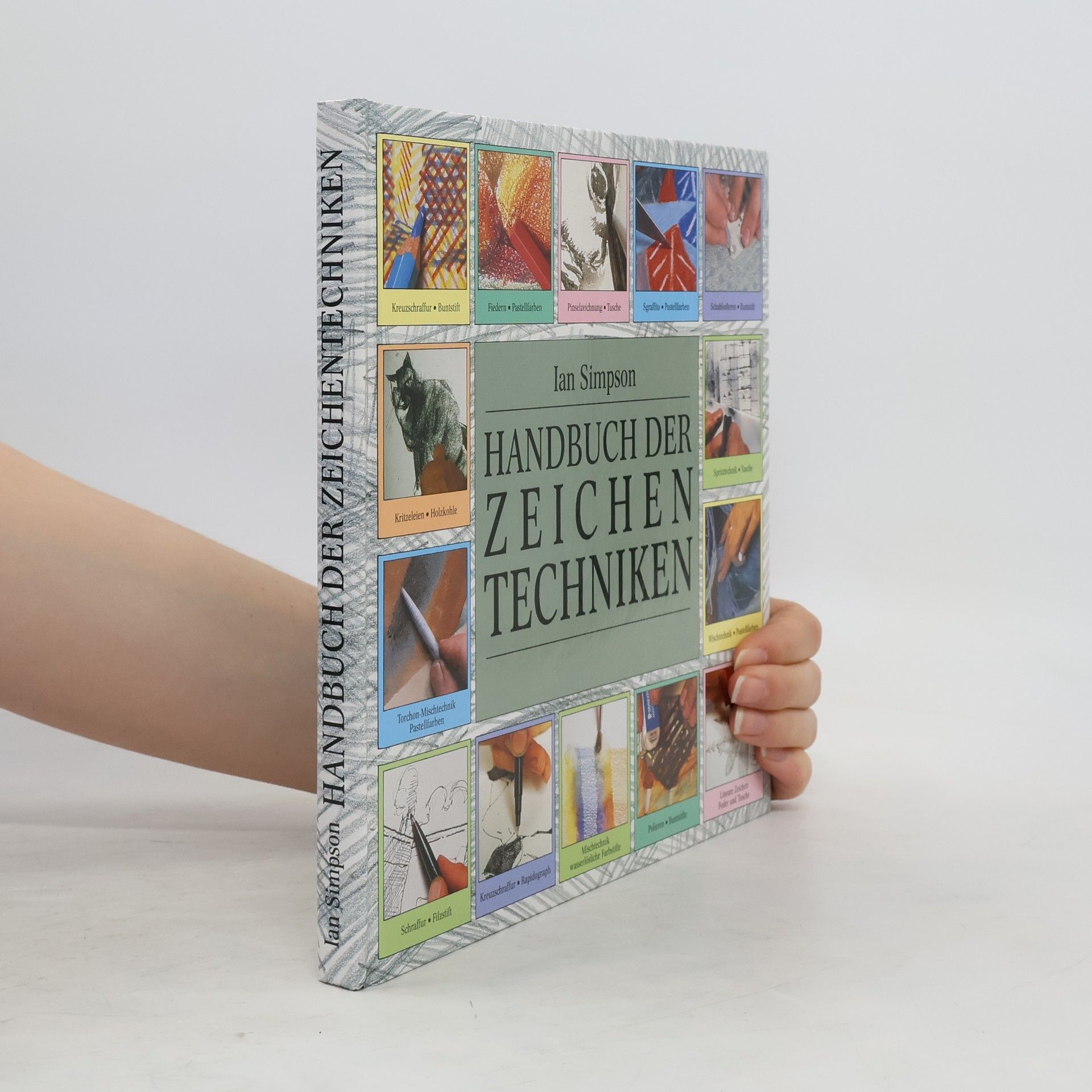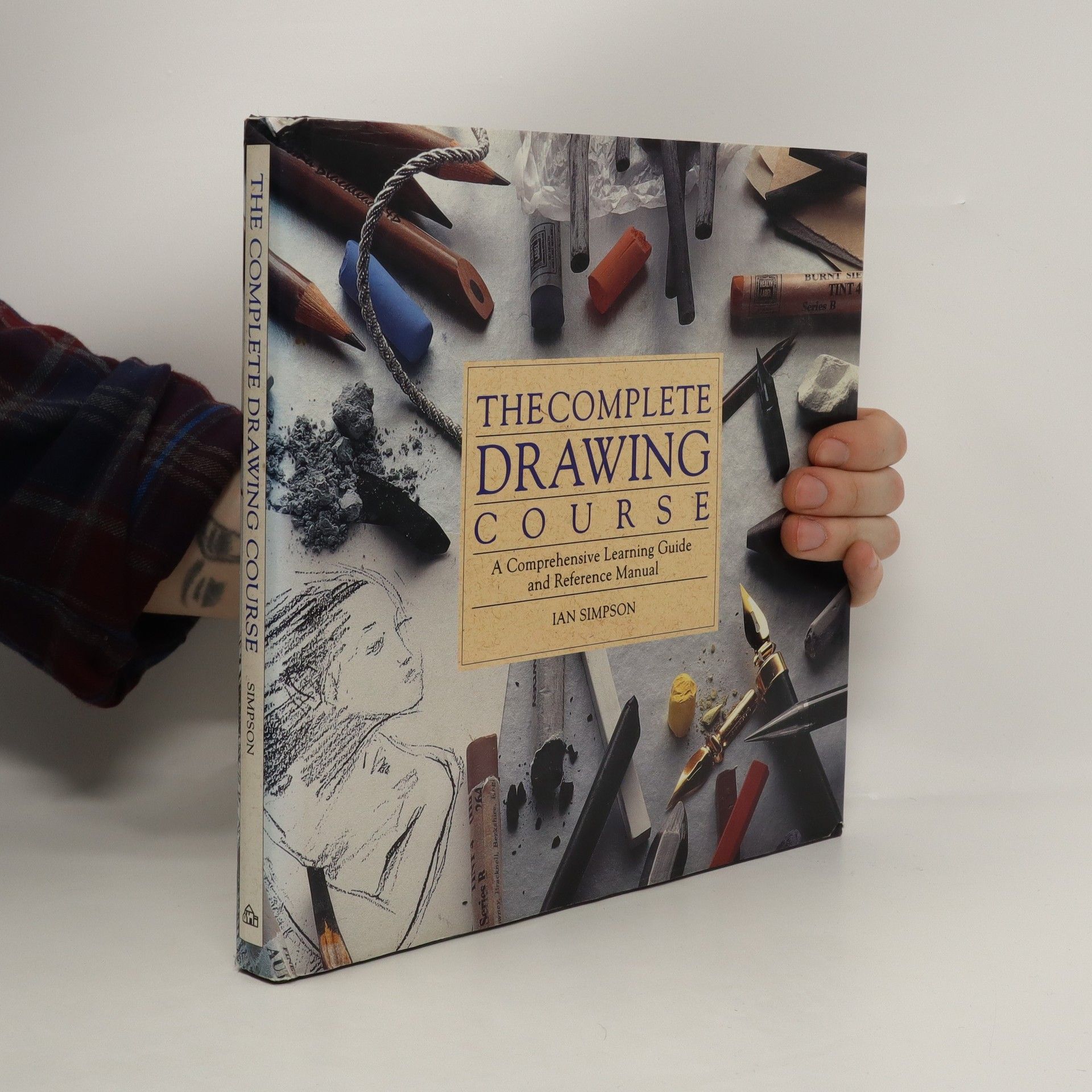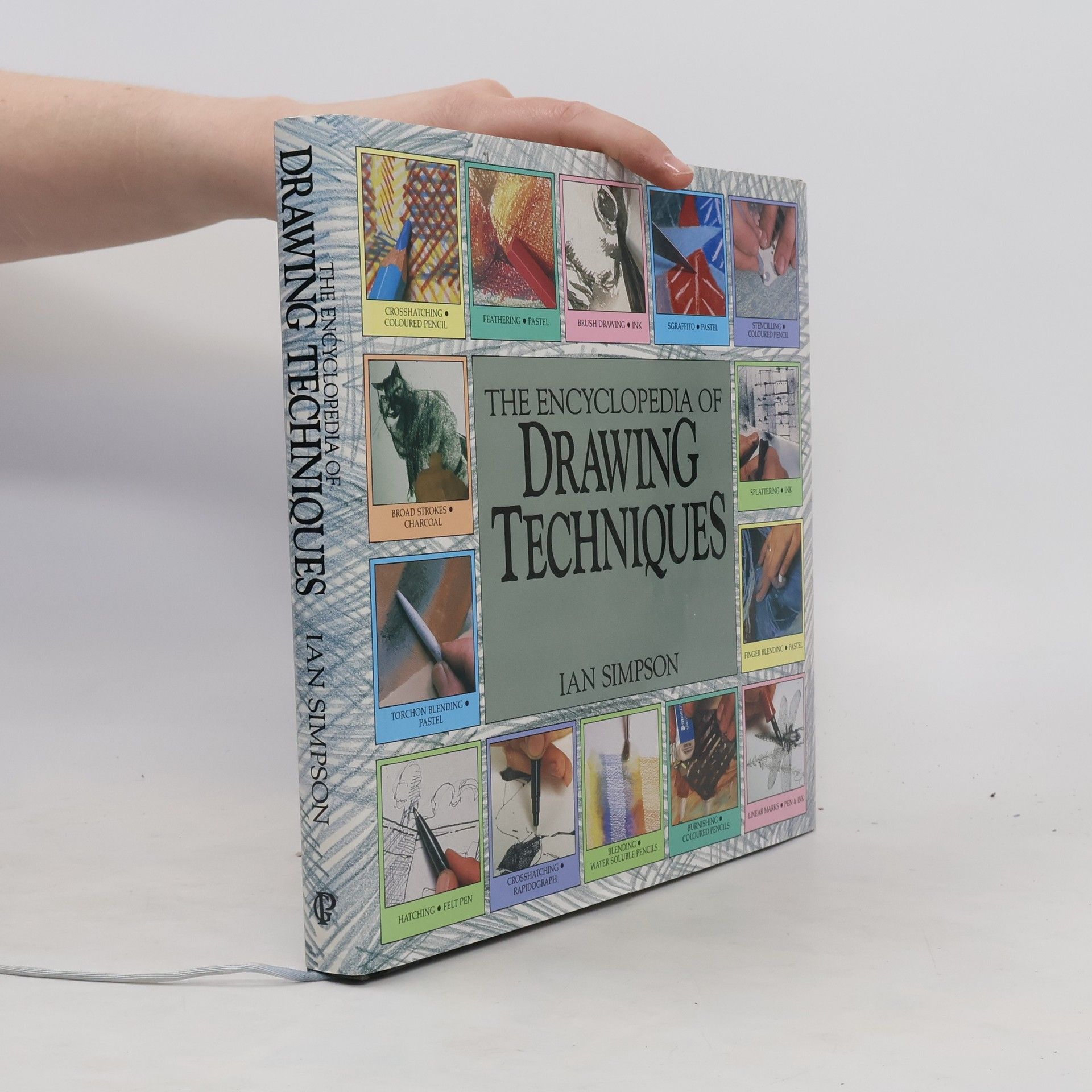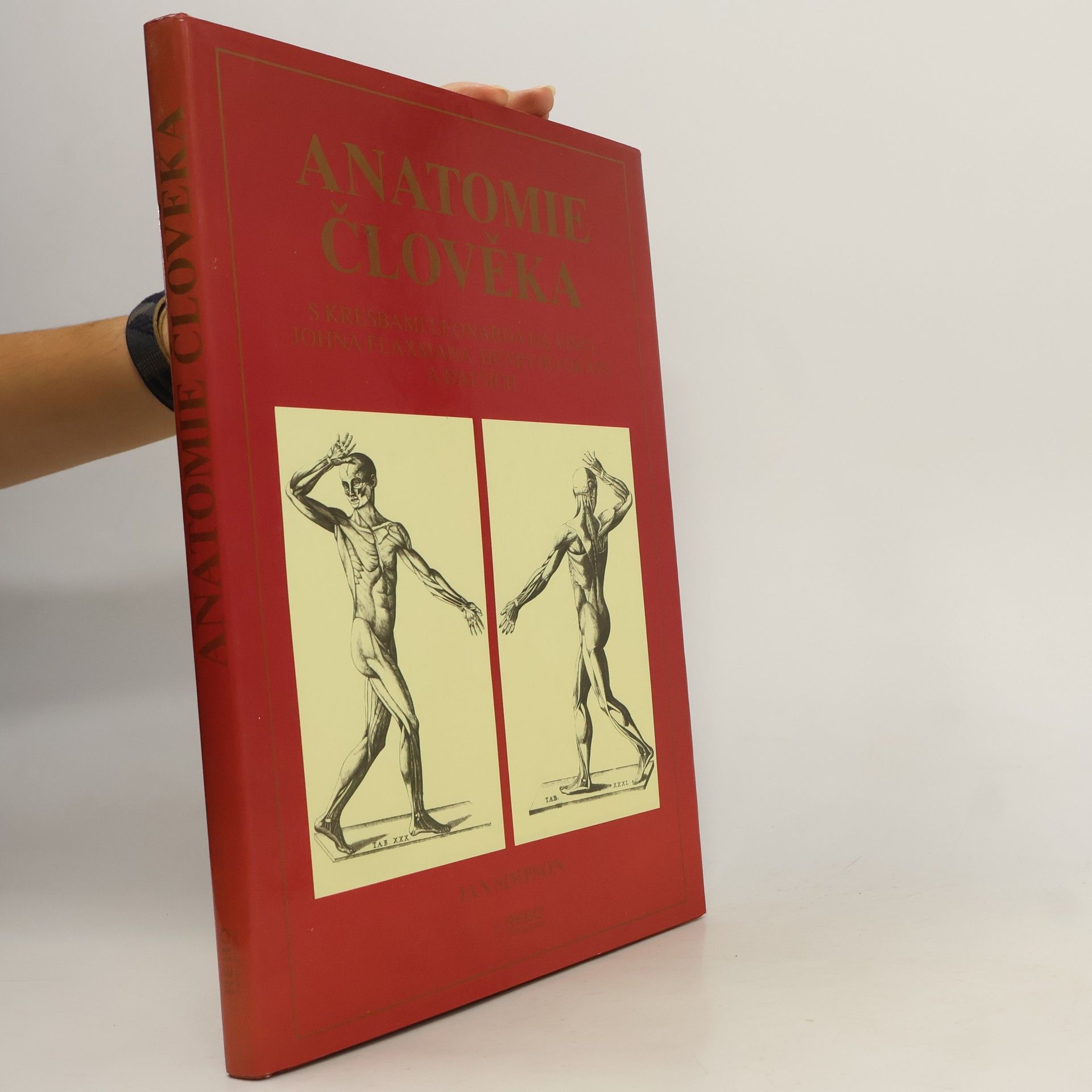Ian Simpson Boeken
Voortbouwend op een carrière in het Schotse rechtssysteem, brengt deze auteur een authentiek inzicht in de misdaadfictie. Zijn verhalen verweven behendig ingewikkelde mysteries met een diepgaand begrip van de menselijke natuur en motivatie. Lezers zullen boeiende plots vinden die geworteld zijn in een scherp begrip van rechtvaardigheid en de complexiteit van crimineel gedrag. Naast traditionele thrillers creëert hij ook unieke 'faction'-verhalen, waarbij hij echte gebeurtenissen mengt met fictieve moordcomplotten, vaak geïnspireerd door zijn geboortestad.






Drawing, Seeing and Observation
- 208bladzijden
- 8 uur lezen
Ian Simpson's clear systematic approach to all aspects of drawing provides a comprehensive drawing course, ideal for both beginners and for those with considerable experience who want to re-examine the fundamentals.
First published in the UK by Quarto (1993), this reference manual and project book, for both beginners and experienced artists, aims to teach techniques associated with various drawing media, encourage creativity and develop individual style. Also presents lessons featuring and explaining the works of master artists, both past and present. Includes a glossary and an index. The author is an artist who has hosted three television series on drawing and painting, and written several books including 'The Challenge of Landscape Painting'. He has taught art in London and New York and is currently a consultant to the Open College of the Arts.
Anatomie člověka. S kresbami Leonarda da Vinciho, Johna Flaxmana, Henryho Graye a dalších
- 144bladzijden
- 6 uur lezen

